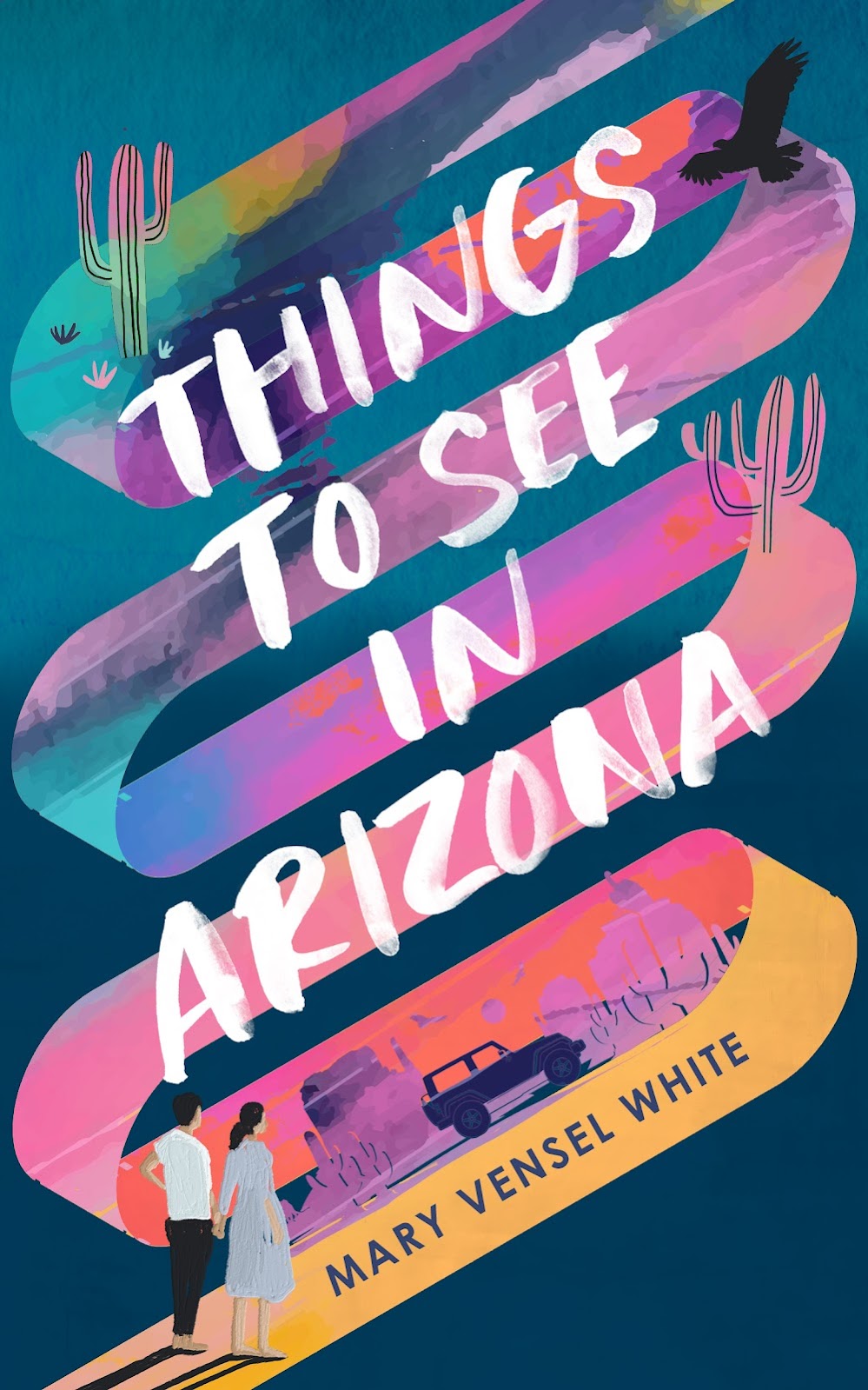I was debating whether or not to do my usual write-up this year. It didn't feel like I read that much and I wasn't sure I had many five-star experiences, as far as books go. But it turns out that in 2019, I finished 30 books, up one from last year’s count of
29. Perhaps this range is a new normal. I was so busy with other things: editing, writing (short stories, the bulk of that pesky YA I’ve been
dancing around for years, and the beginnings of what looks to be some sort of
memoir), and teaching, both workshops and my first experience in a university
classroom. So I’m pleased with this number.
My reading list for 2019 is the most
varied I can remember in terms of genre. Of the 30, only 18 were novels. I read
one short story collection (a crime!) and 11 books that fall into the “Other”
column. Of these: two essay collections, two memoirs, one grammar guide and
three other books that address the writing craft and/or life in some way. I
read one book of "tree portraits"—a botanical guide of sorts, one collection of
the extra bits an author has written as introductions to other books, and one scientific-leaning book about the hidden life of the tree world.
Readers of this blog know that the bulk of my summer was consumed
with thoughts and readings about trees, so I won’t revisit that here. A couple
of those books made their way onto my list, however, which I will begin here. My
eight favorite reads of the year, in no particular order, are:
Meetings with Remarkable Trees by Thomas Pakenham (1997)
This is that book of tree portraits, one of the most unique
books I’ve ever read, one that surprised me, educated me and surprisingly,
touched me. Read my original post here.
The Overstory by Richard Powers (2018)
This Pulitzer-Prize-winning novel—also from my Summer of Tree Books—is an wholly
original, encompassing read with a unique form and layer upon layer of meaning.
I wrote several posts while reading it; here are my first impressions, which
were gushing.
This is a literary mystery about several deaths over the
summer of 1961 in a small, Minnesota town. But it’s also a poignant, coming-of-age tale and an exploration of memory and how tragedies can be
reconciled with notions about God’s grace. I suppose if I had to choose just
one book from my list as a recommendation, it would be this one, for its
beautiful writing and deeply felt wisdoms.
How to Write an Autobiographical Novel by Alexander Chee (2018)
These essays deal with what’s promised in the
title—considerations of autobiography in writing—and other topics about the craft of writing, but they encompass much more too: reading, identity, politics, family, culture, and one man’s experiences in and out of making art.
The Friend by Sigrid Nunez (2018)
From the publisher: “A moving story of love, friendship, grief,
healing, and the magical bond between a woman and her dog.” And I would argue
that if you start this book hoping for a This Dog’s Life vibe, you
will be disappointed. It’s definitely about all of those things, but the dog is
almost beside the point. As a writer, this is one of those novels that blows
open a world of possibility. As a human, it reached me in ways I couldn't have anticipated. This novel sneaks up on you and doesn’t let go for a long
time. Well deserving of all the praise, in my opinion.
Dreyer’s English by Benjamin Dreyer (2019)
Yes, a guide to grammar was one of my favorite books of the
year. This book is funny and entertaining and satisfying on so many levels to those of
us who care about such things. If you don’t, then maybe you wouldn’t like it.
But I can’t really imagine anyone not liking it.
Sudden Fiction: American Short-Short Stories by Robert Shapard and James Thomas (Editors) (1983)
Considered by many to be the harbinger of the rise of flash fiction in the U.S. (although, certainly, flash has existed for centuries), this collection edged its way onto my list. Not every story is a five-star read, but enough of them are to justify recommending it here. So many great pieces that hold up these many years later.
The story of a Mississippi family told in alternating
perspectives, including a ghost’s. This beautifully written novel bridges past and present, the living and those who have passed, and illuminates the complicated bonds of family and unpleasant truths about America’s history. This was
my last read of the year and an inspiring springboard into 2020.
What are my reading goals for the new year? Here are the
books calling to me from my to-read pile, as of right now. In the coming year, I plan to read more
YA and possibly, a biography or two. I’d like to continue
seeking out novels and memoirs that experiment with form. And for my summer
reading project, I might just build a French theme around that Hilary Mantel book.
As always, I’d love to hear about your very favorite reads
of the year, or any recommendations you may have. Happy reading in the new
decade!






































